The coolest hair are the curls, but since no two curly heads are the same, it may require great trial and error efforts to identify the ideal hair care routine for you.
This article was created to demystify curly hair with science and remove the uncertainty involved in look after and maintaining your curls. You will realize it is not that difficult, and you can do incredible things by washing less, using the appropriate products and carefully detangling and drying your hair.
The STAM system
Although curly hair is present in more than 60% of the world’s population, most study to date has grouped hair into three broad categories: Caucasian, Asian and African. This problematic and broad classification, which is based on highly flawed presumptions, does not take into consideration the diversity and complexity of individuals or their hair.
STAM, a more useful and representative scientific classification system, divides the hair into eight types, numbered I through VIII that is based on the curvature of the hair rather than race. Four measurements are used by STAM.
- Diameter of Curl
- The number of waves on a hair strand that is spaced a given distance apart.
- The number of twists or constrictions on a stretched hair strand that occurs within a certain distance.
- The proportion between stretched hair length and natural hair length.
As a result, hair is categorized into one of the eight types listed below depending on how it measures up: Straight is Type I, loose waves are Type II, waves are Type III, curly is Type IV, extremely curly is Type V, the coil is Type VI, tight coils are Type VII, and zigzag coils are the Type VIII.

But do not panic, you do not need to start counting waves with a ruler. To identify your hair type, use the guide as illustrated below. Although you may have two or more types of curl on your hair, one of the types will likely to predominate. Why is it important to classify your hair? Because your hair’s curl pattern affects its look, weak points, porosity and particular maintenance requirements for your hair.
Curls need tender loving care since they are sensitive and delicate.
All types of curly hair from IV to VIII need specific care since they have low tensile strength than straight or wavy hair types (the amount of stress which hair can endure while being stretched before hair breakage). The hair is more prone to breakage and heat damage if it is curlier since it has more weaker points.
The types of coily hair from VI to VIII have an unique shape that makes combing and detangling them, particularly challenging when the hair is dry. According to studies, coily hair is substantially less likely to break if it is combed and detangled when wet.
Sebum, the natural oils produced by the scalp may find it challenging to travel through curly hair’s twists and turns so that it can moisturize the whole length. Hair that is lacking in oil may become frizzy, dry and more likely to tangle.
Porosity
Your hair’s porosity relates to its capacity to both absorb and release water. Due to the high porosity of curly hair in nature which leads to it being particularly sensitive to the humidity effects.
In humid conditions, water is absorbed by hair, which may result in hair volume increased, swelling, and frizz. For other types of curls, the additional moisture may be beneficial; typically, IV, VII, and VIII curls react favorably to moderate humidity without becoming frizzy. Curls, however, may become drier and tend to lose the moisture in dry air, which makes hair more prone to split ends and hair breakage.
The Needs of Curly Hair
Oils. Proteins. Moisture
Moisture
A common and preventable cause of hair breakage is a lack of moisture. A leave-in product is the greatest approach to replacing and maintaining hydration of the hair. Moisturizers for hair come in the form of gels, milk, creams or lotions; they contain the ingredient of humectants, which draw in and hold onto the moisture, as well as emollients and oils, which seal the moisture in.
Milk, gel or lotion products are recommended for hair types IV-V. Gels and milk work best on fine hair. Use heavy products like creams or lotions for hair types VI-VIII:
To keep your curls moisturized, look out for ingredient which are derived naturally.
- Sorbitol, Propanediol, Sodium PCA, Glycerin and Panthenol are humectants.
- Emollients include Glyceryl Oleate, Cetyl Alcohol, Capric/Caprylic Triglyceride, Squalane, Cetyl Alcohol, and Cetyl Alcohol.
Protein
Proteins aid in smoothing hair, reducing breakage, and boosting tensile strength. Amino acids and proteins bind to damaged cuticle tissue and fill up the resulting gaps. Small protein fractions and amino acids may also enter the cuticle to strengthen the inside of damaged hair.
- A protein-containing conditioner, shampoo and routine treatment should be adequate for your care regimen if you do not colour, chemically treat, or apply heat to your hair.
- A protein-containing conditioner and shampoo and leave-in product is an excellent recommendation if you colour your hair or use heating tools often.
- A protein-containing conditioner, shampoo, leave-in, and routine intense treatment with a high protein content are essential if you lighten or chemically treat your hair.
Be on the lookout for items that contain:
- Hydrolysed proteins such as almonds, wheat, oats, soy, rice, and peas
- Or amino acids like phenylalanine, cysteine, glycine, and arginine.
While the aesthetic qualities and characteristics which distinguish the various hair types that are well known to us, researchers have also recently found a protein-level difference that distinguishes curly hair from its straighter hair counterparts. The identification of these crucial fingerprint traits associated with curly hair is revolutionary for many reasons. These findings demonstrate that some proteins are more prevalent in curly hair than in straight hair. Innovative findings and solutions in the field of hair care are made possible by this proteomics research, which examines proteins on a vast scale.
Oils
Because sebum is well-known to have difficulty traveling through the curls, oils are excellent for curly hair and should be applied often. Hair is lubricated by oils, which lessen friction between strands and protect them from tangling and breaking. Additionally, oils increase shine, lock in moisture, and tame frizz.
Natural oils with a natural affinity for hair protein, such as coconut and babassu, have been shown to permeate the hair shaft, minimizing swelling and avoiding protein loss. Every kind of curl may benefit from these oils, particularly porous or damaged hair.
Shea Butter excels in improving the elasticity of curls. Castor oil is excellent for shine, while Jojoba Oil is a liquid wax that resembles sebum.
Apply the natural oils to dry hair for 20 minutes overnight as a pre-wash treatment if you think that they are too heavy and thick to use. Coco-Caprylate, Diheptyl Succinate, Tridecane, Undecane and Capryloyl Glycerin/Sebacic Acid Copolymer are examples of naturally derived silicone substitutes that are effective in leave-in treatments for curls that are prone to be weighted down.
Dimethicone and other water-insoluble silicones should be avoided since they caused build-up on hair and must be removed with harsher shampoos like the clarifying shampoos which will dehydrate the curls.
Excellent addition to your curly hair routine to maintain a long-term healthy hair is the Botanic Elixir Lux, lightweight oil which mixes biotech actives with botanical lipids to restore and protect all types of hair.
Gentle wash and cleansing routine
In general, it is best to wash curly hair as little as possible. For the majority of curl types, once a week or even lesser is ideal.
To eliminate product build-up or residues without robbing hair of its natural oils, always use a sulfate-free shampoo. Even if you opt to co-wash, you must still wash your hair and scalp with shampoo once a month to eliminate any product buildup.
Conditioning
Hair conditioners are depending on cationic ingredients which adhere to the hair via electrostatic attraction. To repair the hair surface and prevent any hair damaged regions, opt for a conditioner which will replenish the hair with proteins and oils as well.
Replace conditioner with a mask if you think that it is not nourishing enough for your curls. Oil and other active components have higher concentrations in a mask.
Detangling
Your hair may be detangled just before a wash or even while your hair is being conditioned. Make sure leave-in detangler, conditioner or oil is applied to your hair.
Detangling should be done gently, starting at the ends and working your way up. While combing wet hair, use a wide-tooth comb; when brushing dried hair, use a natural fiber brush. Always detangle VI-VIII hair types with damp hair.
Drying
Use an old cotton t-shirt instead of a towel to dry your hair. Your hair cuticle will get rougher by using a regular bath towel, which will then encourage frizz. A pillowcase made of silk or satin can help stop curls from frizzing and tangling as you sleep.
It all comes down to giving your hair (and yourself!) tender loving care. Use products that are gentle to your curls, cleanse seldom and carefully, maintain a healthy balance of moisture, oil, and proteins as well as detangle and dry your hair with care.


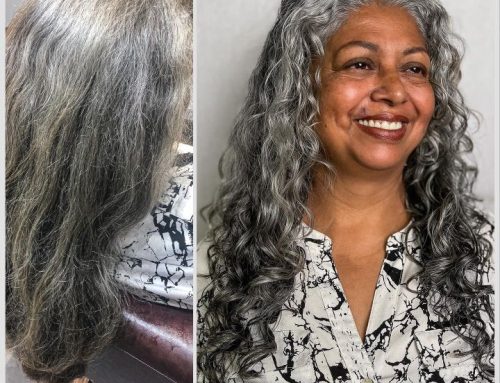
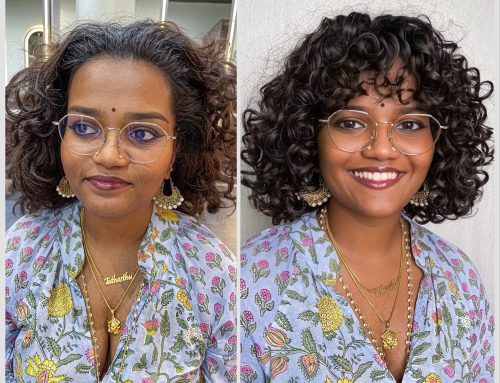
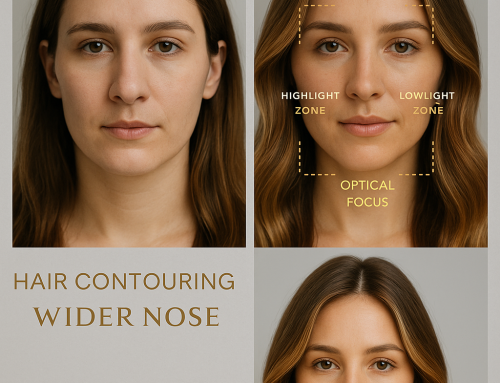
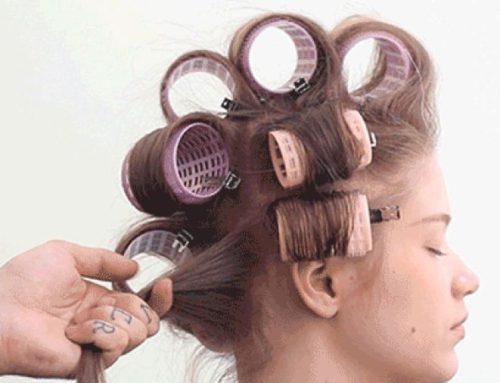
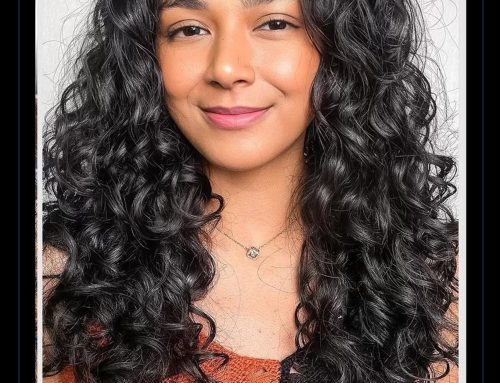
Leave A Comment